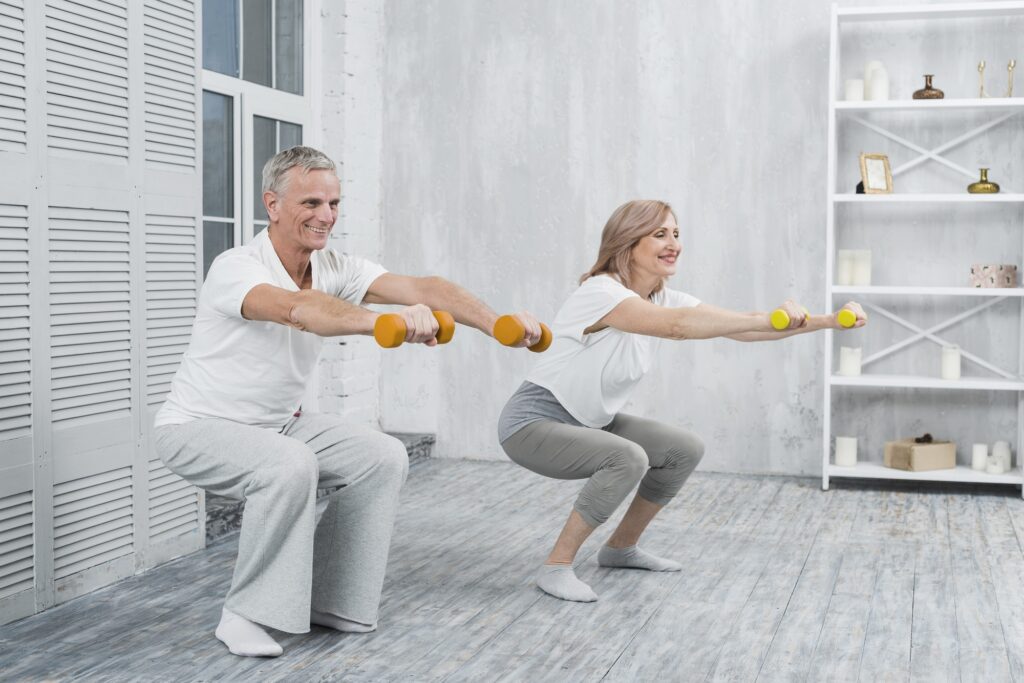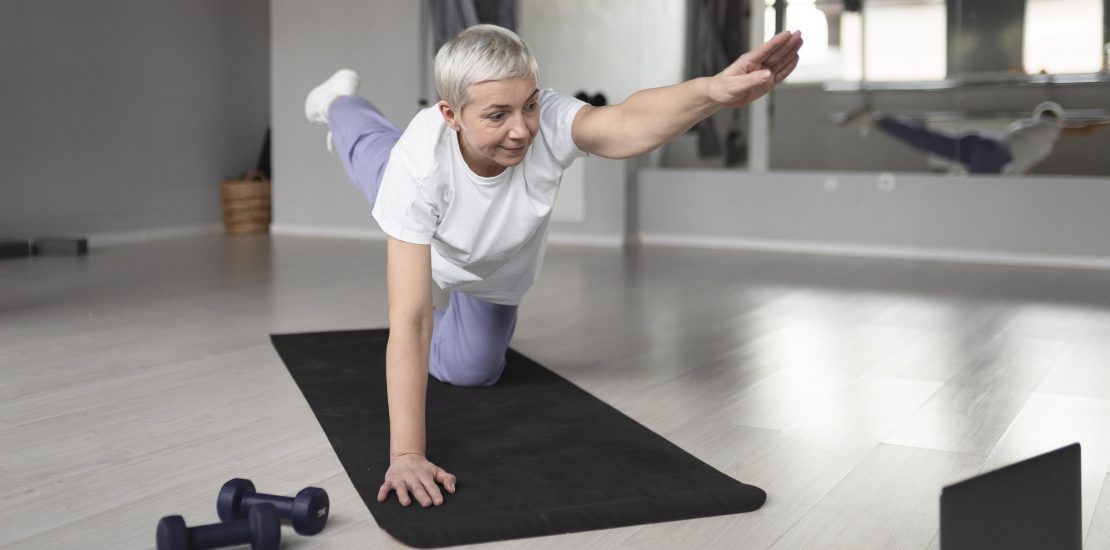Reaching your 40s can feel like a crossroads when it comes to fitness. Your body doesn’t bounce back like it used to, recovery takes longer, and new aches seem to appear out of nowhere. But here’s the good news: getting older doesn’t mean giving up on performance or physique—it just means training smarter, not harder.
Whether you’re starting fresh or adjusting your long-standing routine, understanding how aging affects your body is the key to unlocking results without injury or burnout. Here’s what you need to know.
1. Your Body Changes—But that’s Not a Bad Thing
After 40, most people experience a natural decline in muscle mass, flexibility, hormone levels, and bone density. This is known as sarcopenia, and it can begin as early as your 30s, with muscle mass decreasing by about 1% per year if left unchecked.
But this doesn’t mean you’re doomed to get weaker or softer. Resistance training, mobility work, body transformation and proper nutrition can slow or even reverse many of these effects. The key? Consistency and intentionality.
2. Prioritize Strength Training

Strength training is non-negotiable after 40. It helps preserve muscle mass, increases metabolism, improves joint health, and supports better posture and balance.
Focus on compound movements (like squats, deadlifts, presses, and rows) and incorporate both bodyweight and resistance exercises. You don’t need to lift heavy to make progress; moderate weight with proper form and volume is often more effective—and safer—for long-term gains.
Start with 2–4 strength sessions per week for body transformation, depending on your fitness level and schedule. And don’t be afraid to get a coach or trainer to help fine-tune your form.
3. Recovery Is a Superpower
You can’t out-train poor recovery, especially after 40. As you age, your body’s ability to repair itself slows down. That means sleep, mobility work, hydration, and stress management become just as important as your workouts.
- Sleep: Aim for 7–9 hours per night. Sleep is when your body heals, balances hormones, and builds muscle.
- Mobility: Spend 10–15 minutes daily on mobility or stretching. Yoga, foam rolling, and dynamic warm-ups help prevent stiffness, injury, and body transformation.
- Rest days: Don’t skip them. Active recovery like walking, light biking, or swimming can promote circulation without overloading your system.
4. Nutrition Needs Shift
Your metabolism gradually slows as you age, which can lead to weight gain if calorie intake isn’t adjusted. But it’s not just about eating less—it’s about eating better.

- Protein: Get enough high-quality protein to support muscle repair and growth—around 1.2 to 2.0 grams per kilogram of body weight daily.
- Micronutrients: Focus on nutrient-dense foods that support bone health, heart health, and hormonal balance—like leafy greens, fatty fish, whole grains, and fruits.
- Hydration: Your body becomes less efficient at conserving water as you age. Drink consistently throughout the day, not just when you’re thirsty.
5. Mindset Matters More Than Ever
Staying fit over 40 is as much a mental game as a physical one. It’s easy to get frustrated when progress seems slower, or you can’t push as hard as you once did. But this is a perfect time to shift your focus toward longevity rather than intensity.
Training now isn’t just about looking good—it’s about staying functional, pain-free, and active for decades to come. Celebrate the wins, stay patient with setbacks, and stay curious about your body’s capabilities.
6. Listen to Your Body (But Don’t Baby It)
There’s a fine line between pushing through discomfort and knowing when to rest. After 40, you need to tune into your body’s signals more closely. Soreness is normal; sharp pain is not. Fatigue is normal; chronic fatigue syndrome is not.

But don’t use age as an excuse to go soft. Your body is capable of far more than you think—it just needs the right stimulus and proper care.
Final Thoughts
Fitness after 40 isn’t about limitations—it’s about opportunity. It’s your chance to build a strong, resilient, and balanced body that supports you through every chapter of life. With a smart approach to training, recovery, and nutrition, you can continue to gain strength, energy, and vitality well into your 50s, 60s, and beyond. Don’t think of aging as a decline—think of it as an evolution. You’ve got wisdom, experience, and grit on your side. Now it’s just about putting it all to work.


